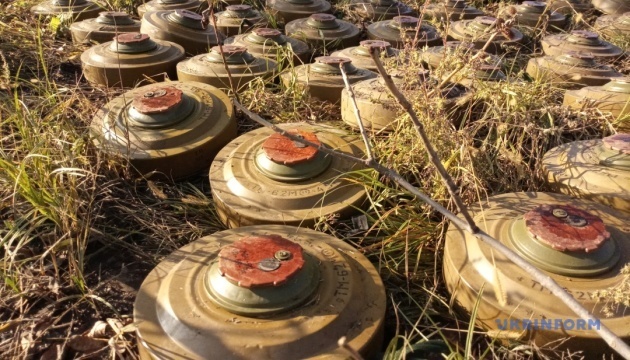Developing disaster-resilient solutions in the Philippines
Students supported by the New Colombo Plan undertook a three-week program in the Philippines, learning about disaster risk reduction and addressing the Indo-Pacific's escalating challenges.

In partnership with Habitat for Humanity Philippines, a non-governmental organisation specialising in housing and building resilient communities, twenty students embarked on a three-week multidisciplinary program that built on disaster risk and resilience concepts in the Philippines.
The fieldwork trip was funded by the Department of Foreign Affairs and Trade’s New Colombo Plan (NCP). The field school is a component of the humanitarian engineering specialisation, offering students the ability to build cross-cultural skills and apply their technical engineering skills to work with marginalised communities.
Disasters present an escalating challenge for the Indo-Pacific, with some of the highest human and economic losses concentrated in the Philippines. Students across the Faculties of Engineering, Medicine and Health, Science and Arts and Social Science, explored the long-term impact of government and civil society resettlement programming after Typhoon Haiyan in 2013.
Immersed in the culture
During the first week, the students toured Manila’s historical areas and got to embrace Filipino culture and history. They also visited the University of the Philippines Resilience Institute and National Engineering Center to hear from academic leaders working to both respond and prepare for disasters. Students had the chance to visit civil society, government, and private sector organisations including Habitat for Humanity Philippines, the Philippine Disaster Resilience Foundation, the Asian Development Bank, and the Australian Embassy in Manila.
The organisations showcased existing multidisciplinary efforts to model natural hazards, understand vulnerability, and technological and community-based approaches to disaster risk reduction.
Dominica Leaver, a student part of this year's program, shares her highlights and experiences of the trip.
Participating in the Philippines Field School has been one of the highlights of my university experience. Immersing ourselves in Filipino culture while learning about disaster management was truly enriching and so different to a typical university course.
"Working in an interdisciplinary group to assess the resilience of disaster resettlement communities showed me the value of humanitarian engineering and the power of interdisciplinary collaboration. It was fulfilling to know that our work will have real-world impacts."
Engineering local solutions
During the next two weeks of the program, students worked on research projects in the Provinces of Negros Occidental and Leyte that focused on the long-term impact of government and civil society housing reconstruction after Typhoon Haiyan, humanitarian coordination lessons for local governments, opportunities for more resilient livelihoods, and feasibility of rainwater harvesting and solar power.
These projects were supported and implemented in close collaboration with Habitat for Humanity Philippines. The students worked closely with local Filipino staff and students from Leyte Normal University, to interview and survey local residents to evaluate the success of previous disaster risk reduction solutions. These efforts included feasibility studies for future programs. Working in multi-disciplinary teams, students proposed recommendations on pathways to support community needs and build resilience.
Through this unique opportunity, students were able to develop cross-cultural competency skills, awareness of Filipino culture, and interdisciplinary research skills that are required to solve tomorrow's challenges.
“Living and learning in the Philippines Field School transported me to a world filled with a host of new sights, sounds, smells, and feelings. The smells and tastes of a sizzling sisig (a Filipino dish with pork, egg, vegetables, and rice) with a squeeze of calamansi juice (Filipino lime) over it; and the stunning natural beauty contrasted with the tangles of electricity wires on every other street was unforgettable. This unique experience of being immersed in Filipino culture has taught me valuable skills that I will take well beyond my degree and future career and into my life,” said Zoe Latham student, a Bachelor of Engineering (Civil) student majoring in humanitarian engineering.
Engaging with local partners and working on real engineering projects through Field School enabled us to appreciate the challenges present in the disaster resilience sphere and that there is no better classroom than the real world.
Highlights from the field school ranged from seeing the coastal landscapes, trying the different cuisines between Metro Manila and the provinces of Negros Occidental and Leyte, and being able to learn beyond the classroom in a new country.
The interdisciplinary field school is run by the School of Civil Engineering and the Sydney Southeast Asia Centre. Students have previously conducted global fieldwork classes in Samoa, Myanmar and India.
What is Your Reaction?
 Like
0
Like
0
 Dislike
0
Dislike
0
 Love
1
Love
1
 Funny
0
Funny
0
 Angry
0
Angry
0
 Sad
0
Sad
0
 Wow
0
Wow
0
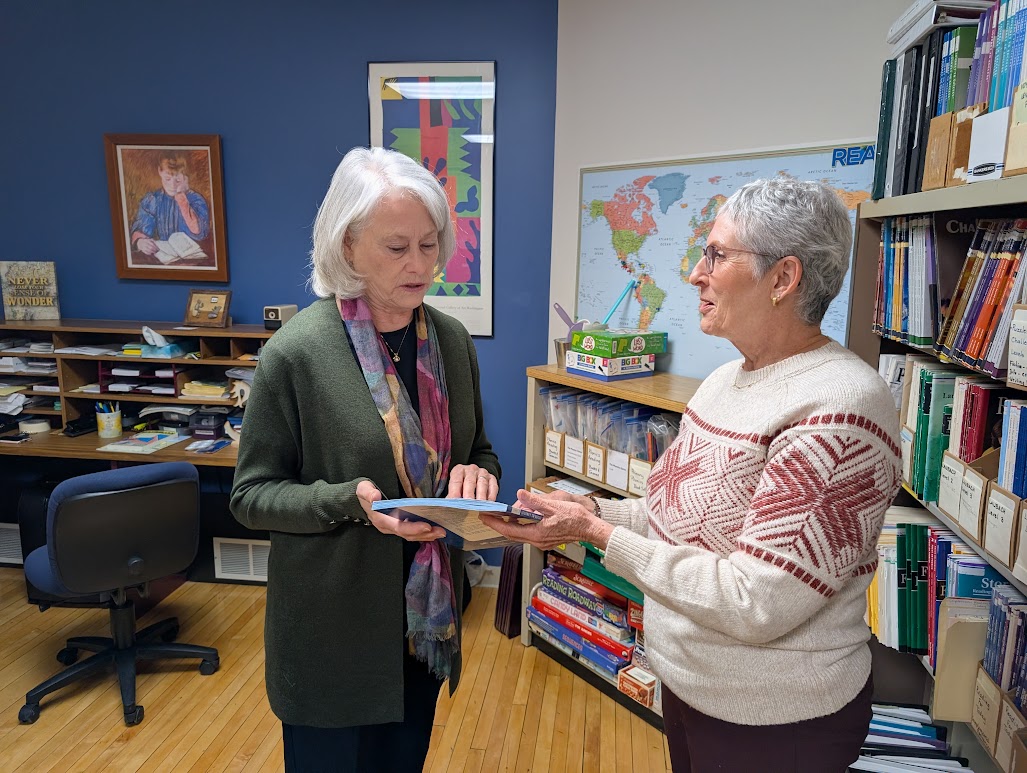

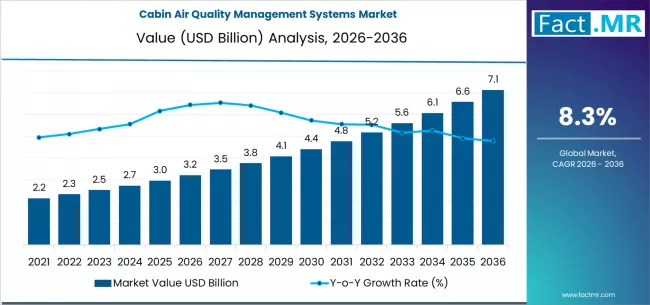










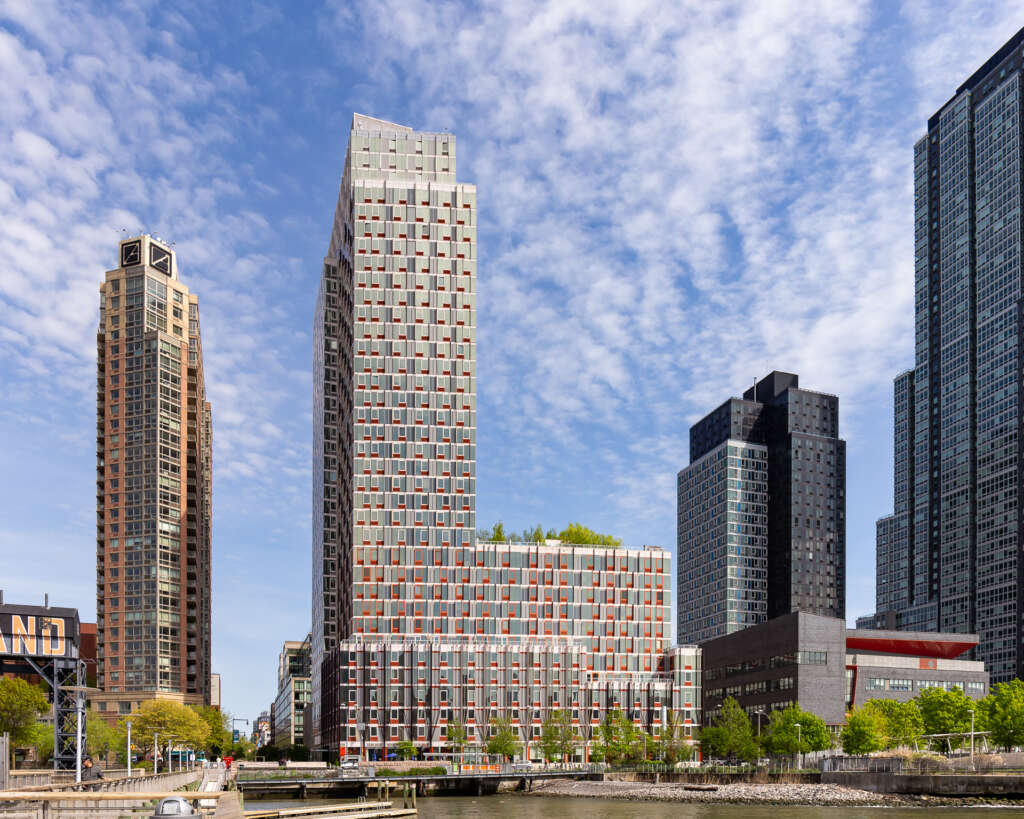








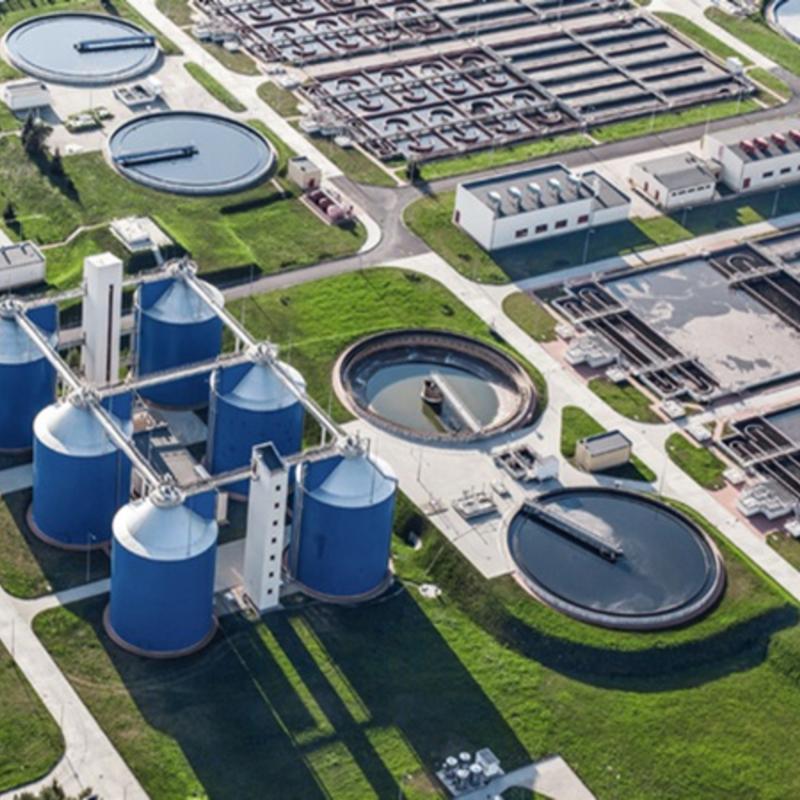

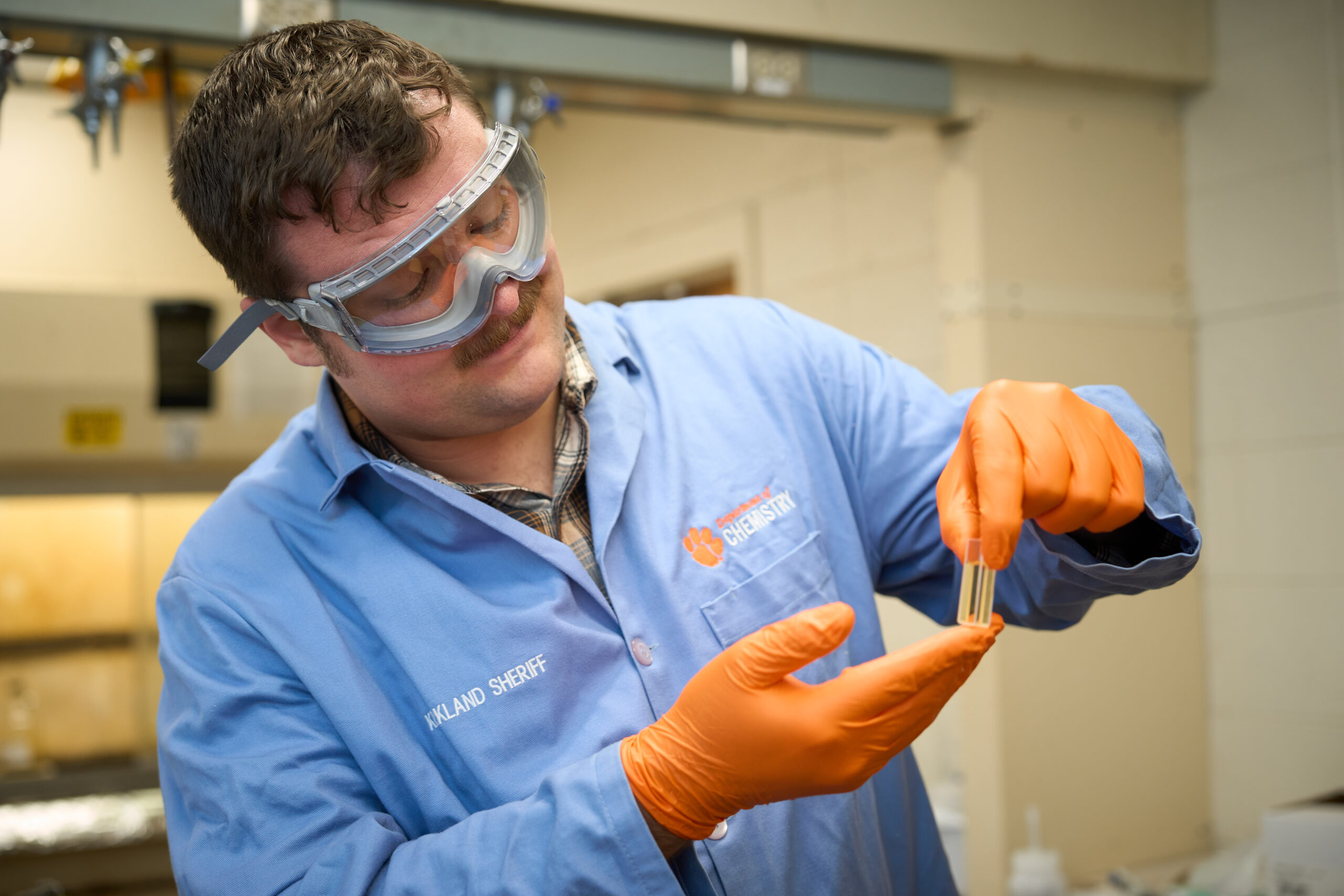




















;Resize=620#)





